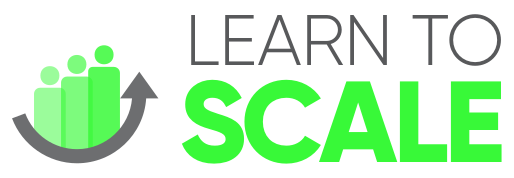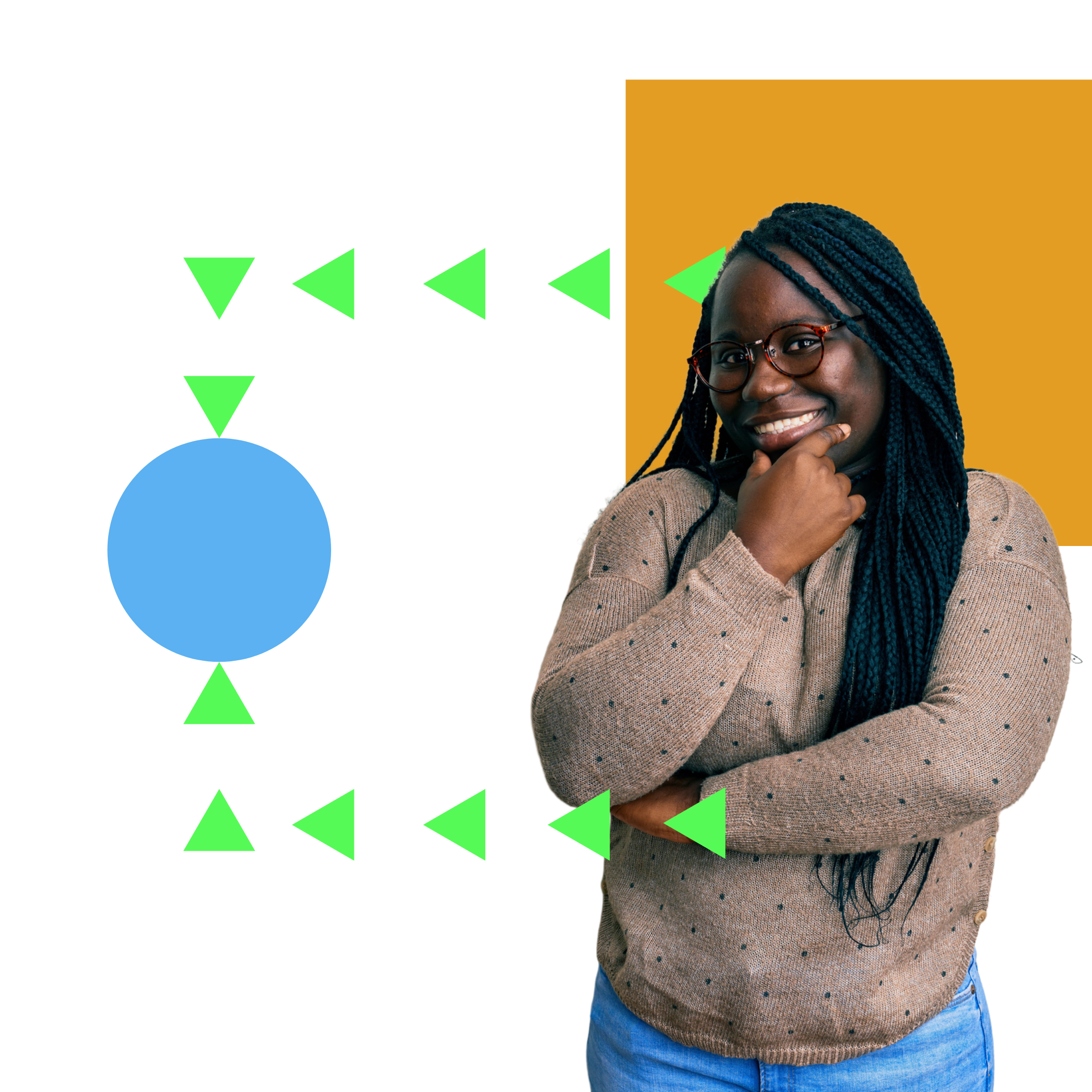The Ultimate Guide to The Lean Canvas for Small Marketing Agencies
Stop Guessing, Start Growing: How to Use The Lean Canvas to Build a Killer Marketing Agency
Pop quiz:
What market does your business serve?
What problem do you solve for them?
Simple, right? If you’re a small marketing agency, your answer might look like:
Businesses that need marketing services (SEO, Content, Brand Strategy, etc.)
They don’t have the time or expertise to do their own marketing
If you nodded your head to that, then your business is in for a world of hurt.
Every business, at some point early in its lifetime, needs to really nail down their business model. A business model is a map of your business, identifying who you help, how you help them, why customers choose you over everyone/anything else, and how you’ll make money from all of that.
If you failed the pop quiz, it’s probably because you essentially said “I help businesses that lack my business services.”
That’s like saying headaches are caused by a lack of aspirin. Headaches aren’t caused by lack of aspirin: aspirin solves a specific pain.
Businesses don’t need more marketing: your marketing services need to solve a specific pain. If you aren’t clear on exactly what pain you solve and who you solve them for, odds are that your potential customers aren’t clear what you can do for them, either.
Business planning gets a bad rap because it can quickly feel like an exercise in semantics, but the clarity that comes from a great business model aligns team members, narrows your focus, simplifies your decisions, and measures the right data in order to help you grow faster.
That's where the Lean Canvas comes in. This simple, one-page business plan can be your compass, guiding you through the day-to-day noise towards clarity. Think of it as a roadmap that helps you define your agency's path to success.
What is the Lean Canvas?
The Lean Canvas is a visual framework that breaks down your business model into nine essential components. It's designed to be fast and iterative, allowing you to test assumptions, adapt to changes, and refine your strategy as you go.
Why is The Lean Canvas Perfect for Small Marketing Agencies?
Focus: It forces you to prioritize the most critical elements of your agency.
Agility: It allows you to quickly adapt to market shifts and client needs, especially in a fast-moving industry like marketing
Clarity: It helps you communicate your vision and strategy to your team and clients.
Efficiency: The Lean Canvas, compared to other business planning tools, saves you time and resources by not getting bogged down creating something too complex that will quickly go out of date and have to be laboriously remade
The 9 Building Blocks of Your Agency's Lean Canvas:
Customer Segments:
Who are your ideal clients?
How can you use their pain points, needs, and aspirations to further refine your focus?
Be specific! Instead of "small businesses," think "local restaurants with less than 10 locations struggling to attract millennial customers."
Problem:
What are the top 3 problems your ideal clients face?
How are these problems currently being addressed (or not)?
Example: "Restaurants lack the time and expertise to manage effective millennial-oriented social media campaigns."
Solution:
How does your agency solve these problems?
What services do you offer that address the identified pain points?
Example: "We provide millennial-relevant social media management, content creation, and targeted advertising to drive engagement and foot traffic with millennial customers."
Unique Value Proposition:
What makes your agency different?
Why should clients choose you over the competition?
Example: "We combine data-driven strategies with creative storytelling to deliver increased measurable foot traffic and build authentic brand connections."
Channels:
How do you reach your target audience?
What online and offline channels are places where your target market resides that you can realistically activate?
Example: "We leverage LinkedIn to connect with local restaurant owners, attend hyperlocal industry events, and offer free social media audits."
Revenue Streams:
How do you make money?
What pricing models match how your target market is comfortable with buying services like yours?
Example: "We offer monthly retainer packages for ongoing social media management and project-based pricing for campaigns."
Cost Structure:
What are your major expenses?
Consider salaries, software subscriptions, marketing costs, office rent (if applicable), etc.
Example: "Our primary costs include team salaries, social media management tools, and conference fees to hyperlocal industry events."
Key Metrics:
How will you measure success?
What critical metric indicates that your business model is operating as you intend?
Example: "We track millenial audience segment engagement and restaurant sales lift during the 9 months after beginning an engagement with a client."
Unfair Advantage:
What gives you an edge over competitors?
This could be your unique expertise, exclusive partnerships, proprietary technology, or strong community relationships.
Example: "Our team of former restauranteurs and brand strategists are our ‘special sauce‘ of industry and marketing expertise that outperforms alternative marketing services."
Tips for Creating a Powerful Lean Canvas:
Keep it concise: Use bullet points and short phrases to capture the essence of each component.
Be specific: Avoid vague generalizations. The more specific you are, the more useful your canvas will be.
Be realistic: Don't overestimate your capabilities or underestimate your costs.
Get feedback: Share your canvas with your team, mentors, or trusted advisors for valuable insights.
Iterate and refine: Your Lean Canvas is a living document. Revisit and update it regularly as you learn and grow. Don’t be afraid to rewrite the one-page document!
Lean Canvas in Action: A Real-World Example
Let's say your agency specializes in helping e-commerce businesses increase online sales. Here's how your Lean Canvas might look:
Customer Segments: Beauty e-commerce businesses with $1M-$5M in annual revenue, struggling to convert website visitors into paying customers.
Problem: Low conversion rates, high cart abandonment, ineffective email marketing, low return-on-ad-spend (ROAS).
Solution: Conversion rate optimization (CRO) audits, refined email marketing segmentation and automation, targeted advertising campaigns.
Unique Value Proposition: We combine data-driven CRO strategies with beauty industry-specific email marketing to deliver a personalized customer journey that drives sales.
Channels: Content marketing (blog, case studies), partnerships with Shopify and beauty influencers, and online advertising.
Revenue Streams: Monthly retainers for CRO and email marketing services, performance-based fees for advertising campaigns.
Cost Structure: Team salaries, email marketing software, advertising budgets, influencer advertising budgets.
Key Metrics: Website conversion rates, email open rates and click-through rates, customer acquisition cost (CAC), return on ad spend (ROAS).
Unfair Advantage: Our team has extensive experience in e-commerce CRO and several large beauty e-commerce brand endorsements.
Don’t Let It Die In A Drawer: Using Your Lean Canvas In Day-to-Day Work
Once you've created your initial Lean Canvas, don't just file it away and forget about it! Here are some ways to maximize its value:
Use it to guide decision-making: When faced with a new opportunity or challenge, refer to your canvas to ensure alignment with your overall strategy. If you have to work hard to justify how a new idea fits in to your canvas, it’s probably not a fit for your business!
Track your progress: Regularly review your key metrics to see if you're on track to achieve your goals. Build your internal dashboards with your Key Metrics at the top!
Communicate your vision: Share your canvas with your team to ensure everyone is on the same page and working towards the same objectives. Make it part of employee onboarding!
Attract investors or partners: A well-crafted Lean Canvas can be a powerful tool to showcase your agency's potential to potential investors or partners.
Lean Canvas: A Business-Simplifying Blueprint To Success
The Lean Canvas is more than just a business plan; it's a dynamic tool that can help you navigate the complexities of running a small marketing agency. By focusing on the essentials, embracing agility, and continuously refining your strategy, you can build a thriving agency that delivers exceptional results for your clients and achieves your own business goals. So, ditch the lengthy business plans and embrace the power of the Lean Canvas. Your agency's success story starts here!





